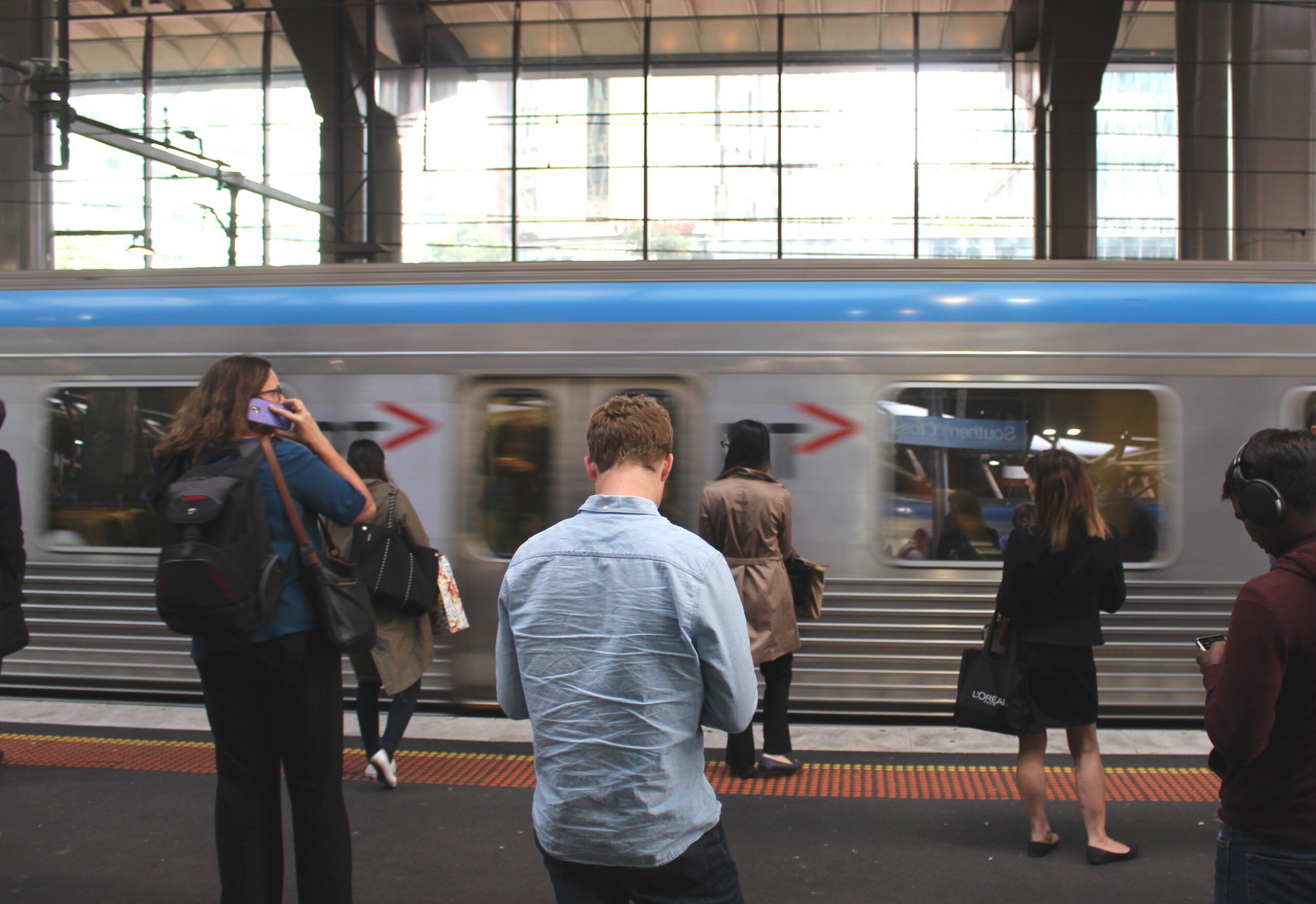
Timeframe
It takes a bit over a year to hire and train suburban train drivers. With careful planning, the bulk of this plan could be running within two years, with a rolling programme of infrastructure and fleet upgrades to continue upgrading services beyond that.
Passenger numbers would be reviewed, and a subsequent round of upgrades would address overcrowding where it occurred, boosting selected services beyond the 10 minute base frequency.
Year 1
- Plan broad service requirements
- Plan route changes
- Start hiring and training drivers and station staff
- Order required vehicles for bus fleet expansion and arrange additional depot space
- Re-organise maintenance procedures to make more vehicles available during operating hours
- Begin rolling programme of single track duplication and construction of extended and new lines
Year 2
- Detailed planning of routes and timetables
- Implement Stage 1: services every 10 minutes on all tram routes, most of the train network (where double track exists; 20 or 30 minutes on single track sections eg Hurstbridge, Cranbourne lines), and on bus routes already upgraded to Smartbus or higher frequencies
Year 3
- Extra trains arrive; deploy onto new sections of duplicated track
- Extra buses arrive
- Implement Stage 2: rollout 10 minute services to other main route bus services
Year 4 and ongoing
- Continue to upgrade remaining train services as duplication projects are completed
- Review passenger loads and begin targetting further service upgrades, eg some routes to every 5 minutes during high demand times
What routes would be extended or changed?
A number of tram lines terminate short of logical points such as major shopping or activity centres, or railway stations. These routes would be extended short distances to better serve those centres, and provide interchange to the rail network.
- 75: Vermont Sth to Knox City
- 57: West Maribyrnong to East Keilor
- 48: North Balwyn to Doncaster Shoppingtown
- 109: to Box Hill Railway Station
- 58: Toorak to Hartwell/Ashburton
- 16: Kew to Kew Junction
- 72: Camberwell to North Kew and Ivanhoe Railway Station
- 72 South: Gardiner to Caulfield Railway Station
- 3: to East Malvern Railway Station and Chadstone
- 67: to Carnegie Railway Station
- 6: to Glen Iris Railway Station and Ashburton Railway Station
- 5: to Darling Station
- 82: from Footscray via Footscray Road to Docklands and the City
Electric trains would be extended or electrified to serve outer suburbs:
- Frankston to Baxter
- Sunshine to Melton and Bacchus Marsh
- Victoria Park via the Eastern Freeway to Doncaster Shoppingtown and Doncaster East
- Huntingdale to Monash University and Rowville
- Cranbourne to Cranbourne East and Clyde
- Metro 2: Clifton Hill (Mernda line) via Fitzroy, Parkville, Southen Cross, Fishermans Bend to Newport (connecting to the Werribee line)
New stations on existing lines would include:
- Newport West, Derrimut Road and Forsyth Road (Werribee line)
- Lyndhurst Park (Cranbourne/Clyde line)
- Campbellfield (Upfield line)
Buses would be revamped, with most running along “tram-like” Smartbus routes along arterial roads, forming a “web”-like network of services across the city.
Local bus routes would be re-organised to ensure gaps between the main routes were filled, for people less able to walk to their nearest main road route.
How would trams and buses get through traffic?
To increase vehicle speeds and efficiency, and more easily allow higher frequencies all day, traffic priority for trams and buses should be installed across the network, wherever possible giving trams and buses a green light at each intersection.
A PTUA study in 2007 showed that around 30% of tram travel time is spent wasted at red lights, and buses suffer similar delays in traffic.
Accessibility
While the train system is accessible, as is much of the bus fleet, trams are lagging behind, resulting in many services which cannot be used by those in wheelchairs, and which are (at the very least) awkward for others who are mobility impaired, as well as parents pushing prams.
As part of fleet and infrastructure upgrades to provide services for everyone, under this plan, we would see:
- a rollout of low-floor trams, aiming for complete level or one-step access onto the tram system, and a 50% increase in peak capacity by 2020
- a rollout of platform tram stops, aiming for every second stop providing level access onto trams by 2015, and all stops by 2020
- continued rollout of low-floor buses, aiming for a complete fleet of wheelchair accessible buses by 2020
After midnight services
The last regular services across the network would be timed to connect with last services out of the city, which would be just after midnight Sunday to Thursday, and just after 1am Friday and Saturday nights.
After regular services finished for the night, Nightrider buses would run every half hour, along all main routes, 7-nights-a-week.
(As a rule, train and tram track, signal and vehicle maintenance should be performed at night.)
Regional Victoria
Regional residents also need relief from petrol prices, and in some centres, traffic congestion.
Regional town buses should be upgraded to the same standard as Melbourne’s buses: fast frequent buses all week along arterial routes in urban areas, providing an interconnecting network, and feeding into local railway stations, shopping centres, universities and other major traffic generators.

